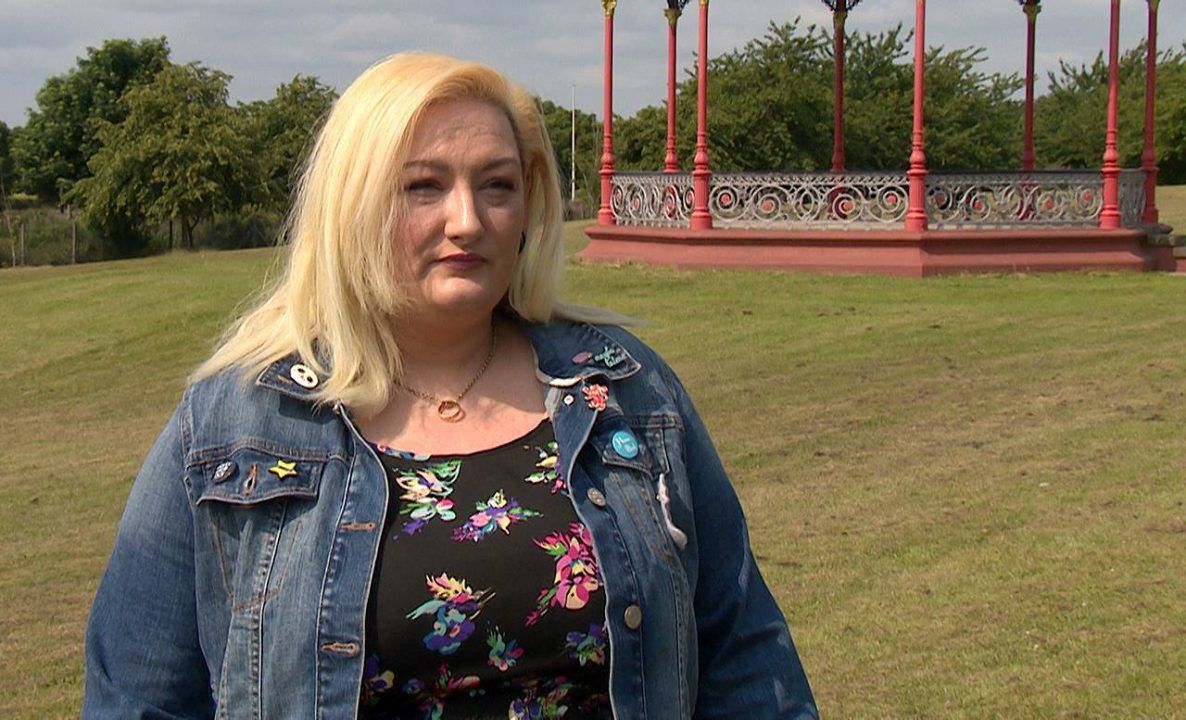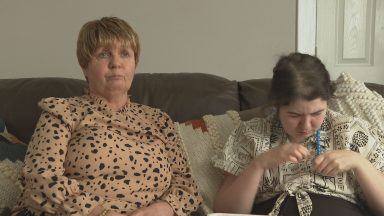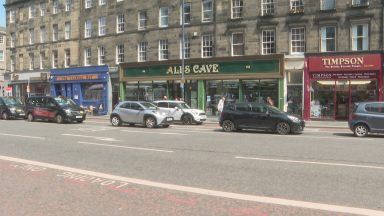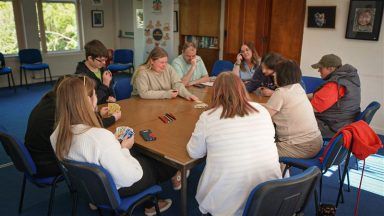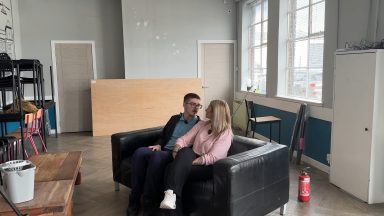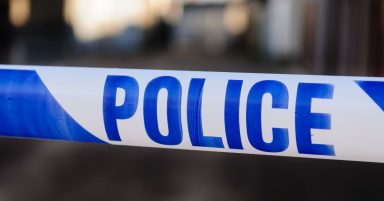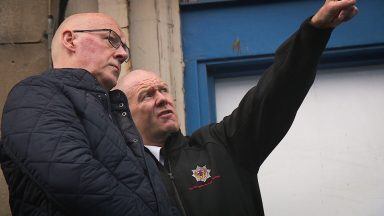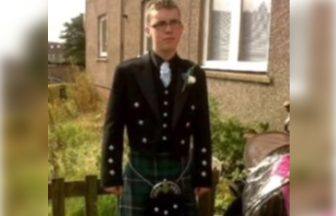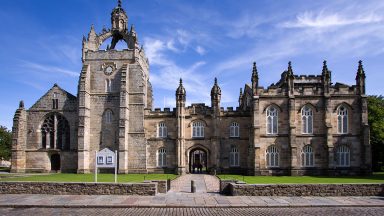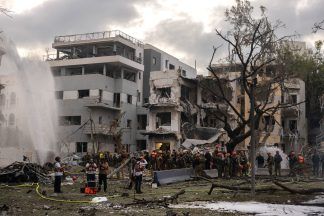Experts hope they could soon “provide answers” for patients battling some of the hardest cancers to treat.
Sarcomas affect around one in 20 million people worldwide – a quarter of whom don’t survive beyond a year.
But unique research being carried out at Dundee University is now giving hope to those fighting the disease.
‘Not everybody makes it’
Cari Edwards, 45, was diagnosed with Uterine Leiomyosarcoma in September 2017 after a hysterectomy.
She undergoes regular check-ups, but her cancer is incurable, and her treatment options are limited to surgery and radiotherapy.
“I didn’t ask questions when I was diagnosed, but I just assumed that any cancers caught early can be cured,” the mum of three said.
“I was soon learning that not everybody makes it – and some don’t make it really quickly.”
A lack of information surrounding sarcomas has left Cari, from Dundee, worried for the future.
“We’ve had to search outwith Scotland for other patients because every time we found someone here, they’d already lost their battle,” she said.
“You start to overthink things – ‘this is going to be a lot quicker than I thought, I want a chance at this’.
“Every time you thought you were finding answers, they weren’t what you were looking for.”
‘All sorts of possibilities’
The experts at Dundee University have given patients such as Cari fresh hope that treatments will soon be available.
Professor Kevin Hiom and his team are studying how genetic mutations lead to sarcomas’ development.
He hopes to take a big step towards more targeted therapy options in the next few months.
“When you find out something you don’t know about it, it leads to all sorts of possibilities,” Prof Hiom said.
“Whether all these possibilities lead to treatment is a different matter, but you feel like you’re going somewhere.
“I work in the discovery end of research and sometimes these discoveries – like this one – go where you’re not expecting them.”
What are sarcomas?
Soft-tissue sarcomas are a rare group of cancers affecting tissues surrounding organs and the body’s structure, such as fat, muscle, blood vessels, deep skin tissues, tendons and ligaments.
They can develop in almost any part of the body, including the legs, arms and abdomen.
Follow STV News on WhatsApp
Scan the QR code on your mobile device for all the latest news from around the country


